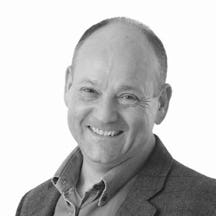Russell Foster talks about sunlight and health
Watch the BSL video
About the speaker
Russell Foster
Russell Foster CBE, FRS is the Head of Oxford’s Nuffield Laboratory of Ophthalmology, the founding Director of the Sleep and Circadian Research Institute (SCNi) and is a Fellow of Brasenose College Oxford. His research addresses how circadian rhythms and sleep are generated and regulated and what happens when these systems fail because of societal pressures, ageing and disease. A key finding has been the discovery and characterisation of an unrecognised light-detecting system within the eye that regulates circadian rhythms and sleep. For his work, Russell was elected to the Fellowship of the Royal Society, the Academy of Medical Sciences, and was honoured by being appointed as a CBE for services to science. He has been a member of the Governing Council of the Royal Society and he established and led for six years the Royal Society Public Engagement Committee. He is also a Trustee of the Science Museum Group. Russell has published over 270 scientific papers and has received multiple national and international awards. He has also written four popular science books and will publish his fifth in March 2022.
